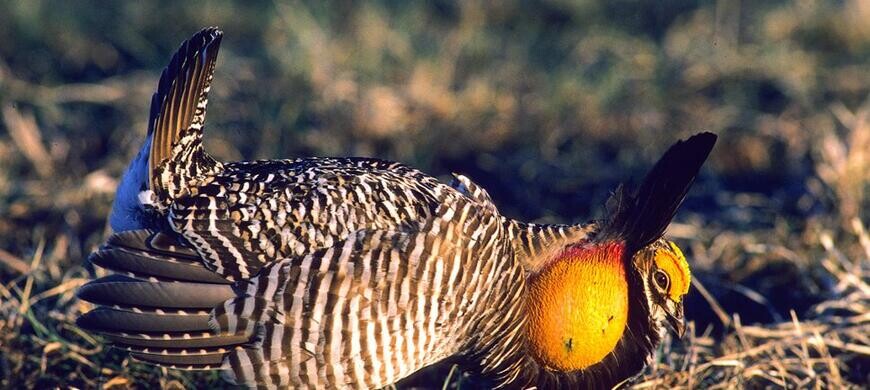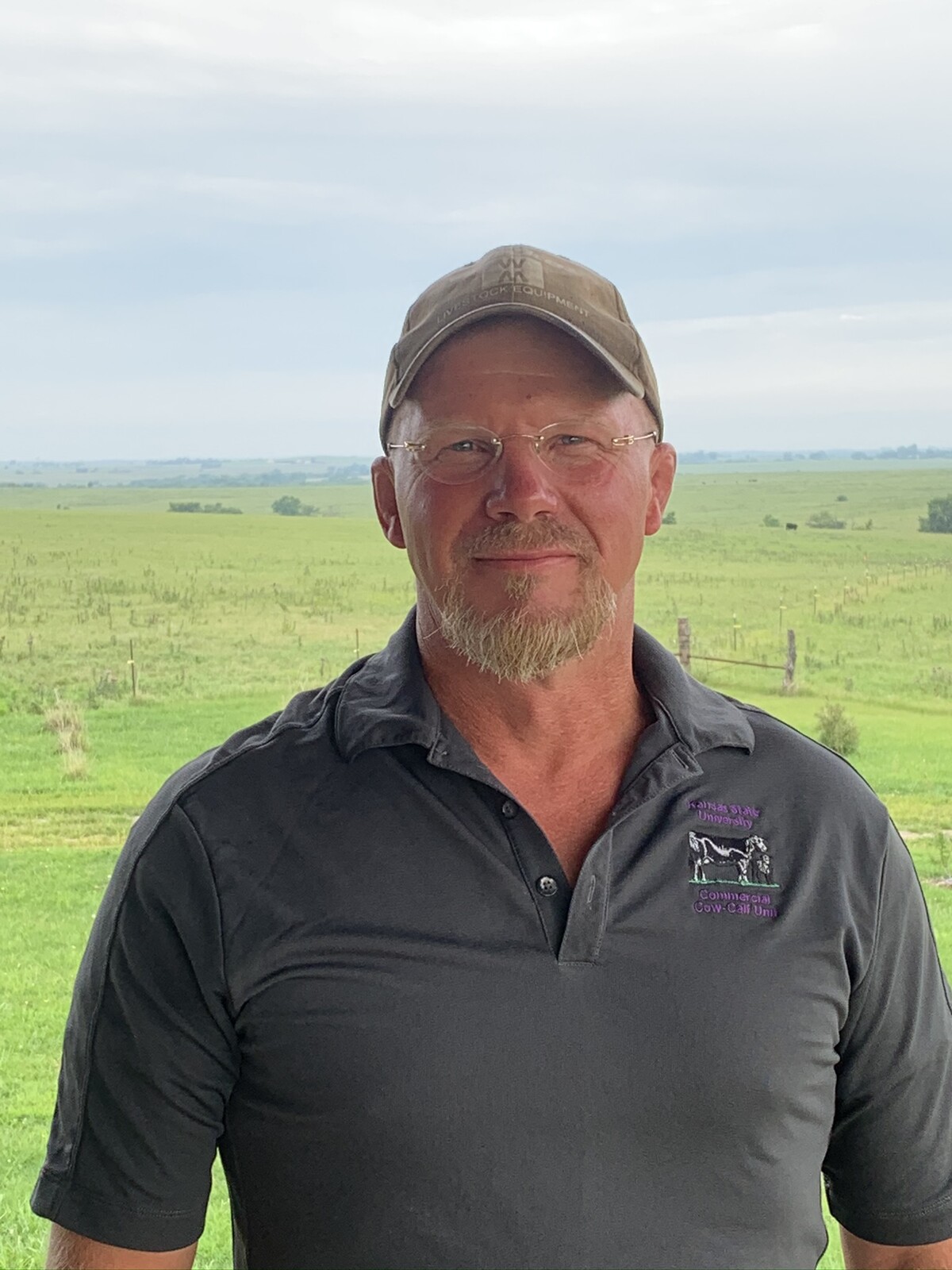The Tallgrass Ecosystem
Stay in touch and subscribe to our newsletter.
For the last two weekends, I’ve taken advantage of the pleasant weather to rebuild a few fences around the home place. When my mind and my hands are occupied with physical labor, it is all too easy for me to take the beauty of the Flint Hills ecosystem for granted. It’s a sin of presumption that I despise. As penance, I try to put down the post hammer and the pliers once in a while and just look around a bit.
I try to mentally tally the forbs that are in flower and try to remember when they flowered last year. I see kingbirds, dickcissels, and meadowlarks resting on fence wire and I hear them sing. (Occasionally, I even see that iconic tallgrass bird the swallowtail flycatcher.) I smell the verdant, sharp scent of fresh grass that is growing an inch or two a day. I look at places that, several years ago, were mostly bare soil but because of creative intervention are now populated by robust native plants. At least once daily at this time of the year, I flush 3 to 6 prairie chickens and marvel at the explosive energy of their take-off. Not too far away, I see a 14-year-old kid who is learning the value of work and the pride in building and the love of God’s creatures.

Ranchers are tremendous stewards of the Flint Hills. Without the grazing cattle and prairie maintenance, this area would become overgrown with trees and species that are not native to the region.
I know I am not alone in my sentiment for the place we all call home. It occurs to me there are hundreds of members of the ranching community who, at this same moment, are also awe-struck by the unique beauty and stunning complexity of these Flint Hills.
Then, I return to the tasks in front of me. I draw a breath of sweet, clean air. I take a swallow from my canteen that is full of crystal-clear water drawn from a spring sited less than a quarter-mile from where I stand. I consider how many creatures – animal and vegetable – live interdependently on our prairie. And I am thankful.
Thanks, ranchers, for the clean air, the clean water, and the web of life that is the Kansas Flint Hills. You are the ordained mechanism of preservation. Without you, without the domestic herbivores under your care, without the regular application of prescribed fire, this precious place would become a scrub forest in a quarter century. Economically and ecologically worthless. You probably don’t get thanked very often. On behalf of the more than 1,200 species that are supported by the tallgrass ecosystem, you have my gratitude.
*Partially funded by USDA-NRCS agreement with National Grazing Lands Coalition https://www.grazinglands.org/.
Dr. KC Olson

KC holds advanced degrees from Kansas State University and North Dakota State University. KC is active in the American Society of Animal Science, the Society for Range Management, the American Registry of Professional Animal Scientists, the American College of Animal Nutrition, the Weed Science Society of America, and the Tallgrass Legacy Alliance. He was the 2019 winner of the Animal Management Award bestowed by the American Society of Animal Science.
KC, his wife Karli, and sons Charles and Theodore live on a beautiful ranch in North Lyon County. In his off time, KC enjoys spending time with his family, being active in his church, and being one of the most highly leveraged ranchers in the Flint Hills. He has a very close relationship with his banker.
Check out the KGLC Youtube Channel for educational content from KC about prescribed burning: https://youtube.com/playlist?list=PLhdkEgaboJXjEiLwXgSYp5TxbscRX_rje.
Range School
Want to learn more about rangeland management? Join KGLC for our 2021 Range Schools!
Learn about various aspects of managing rangeland in a friendly setting with other ranchers, land managers, range management students and natural resource professionals.
Learn more about the 2021 Range Schools here: https://www.kglc.org/2021-kansas-range-schools-announced.cfm.
Registration ends July 28, 2021!
